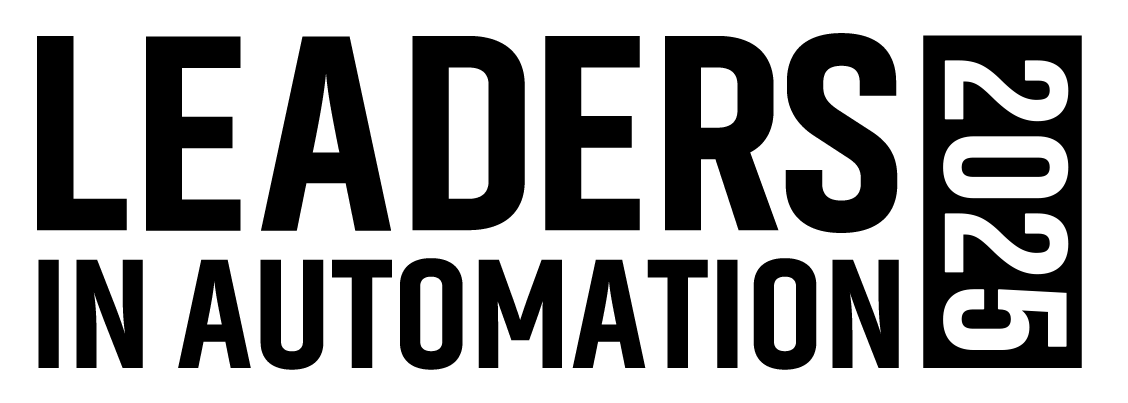In food manufacturing facilities where hygiene is paramount and production speeds can be relentless, robotic automation faces a distinct challenge: delivering exceptional performance while surviving daily high-pressure washdowns with aggressive chemicals.
To address this, Fanuc America has developed the DR-3iB/6 stainless-steel delta robot and SR-12iA/C SCARA robot. The company demonstrated both robots in a sausage packing application at Pack Expo 2025 where Automation World caught up with Wes Garrett, executive director, global accounts at Fanuc America, to learn more about these robots.
A four-axis design built for washdown
The DR-3iB/6 has a 1200 mm reach (450 mm height) and a four-axis design allowing it to handle 6 kg payloads at high speeds. It has a four-axis delta configuration, which can be an asset in food processing applications to provide the kind of adaptive motions needed.
Garett noted that this design choice does involve some calculated tradeoffs. "With the four axes we are going to give up some performance capability in terms of payload capacity with the additional weight as well as a little bit of speed," he acknowledged.
"With this robot's stainless-steel housing and IP69K rating, the DR-3iB/6 can take washdown pressures up to 1500 psi," Garrett noted. This capability is key to meeting USDA and FDA sanitation standards that govern food processing facilities.

